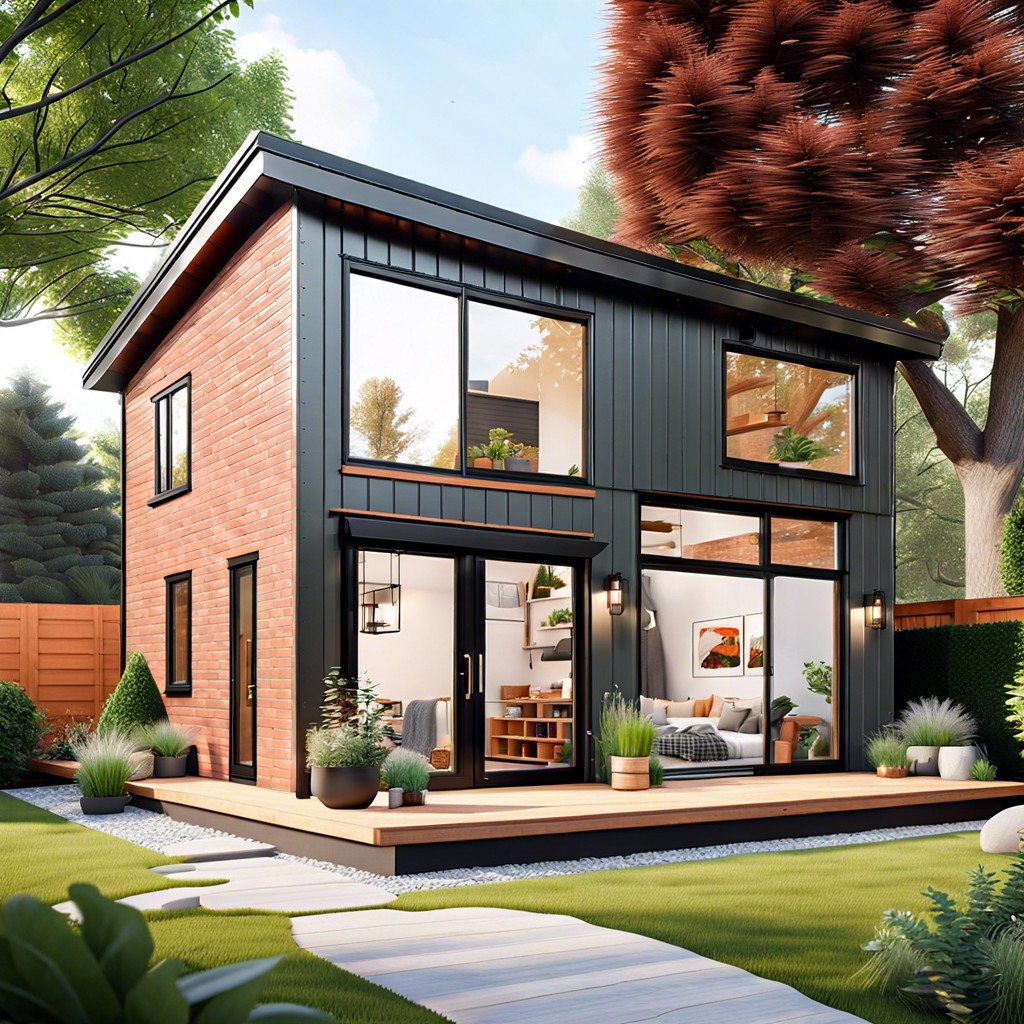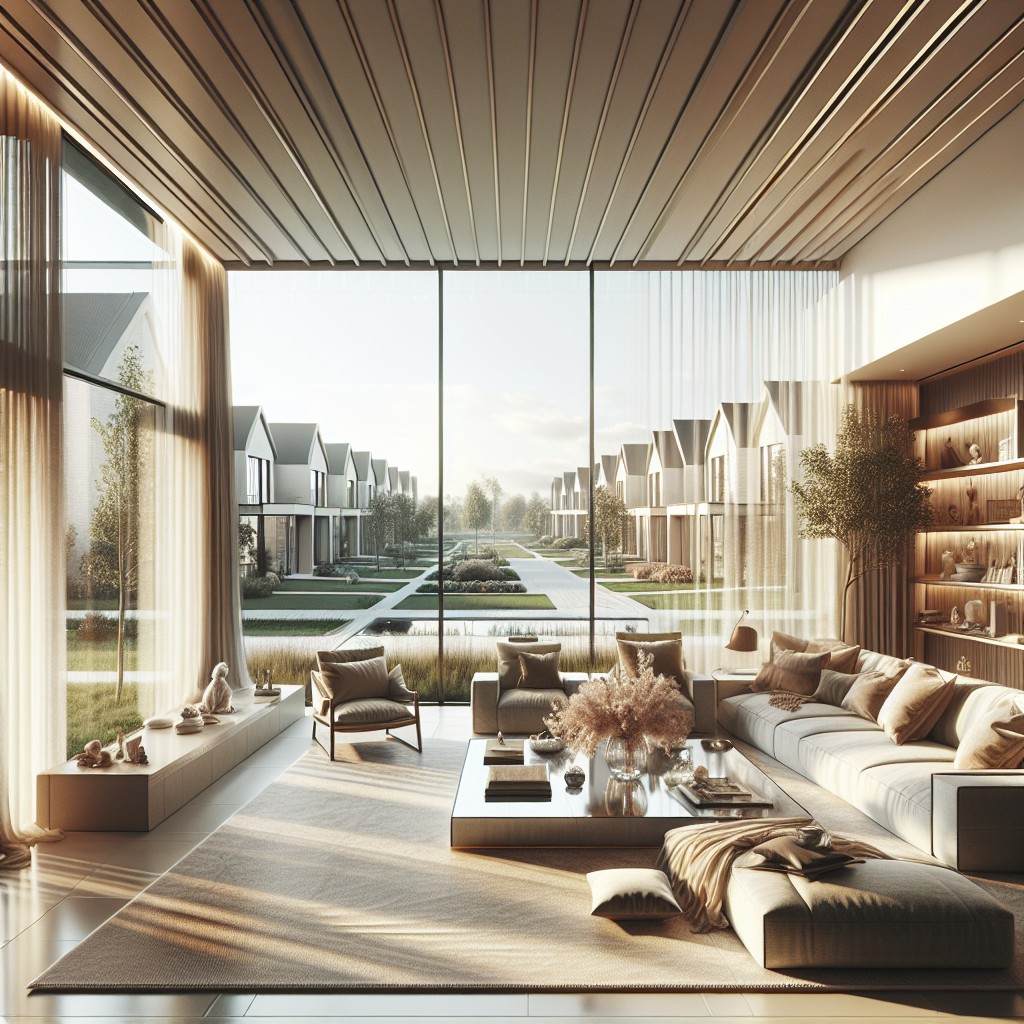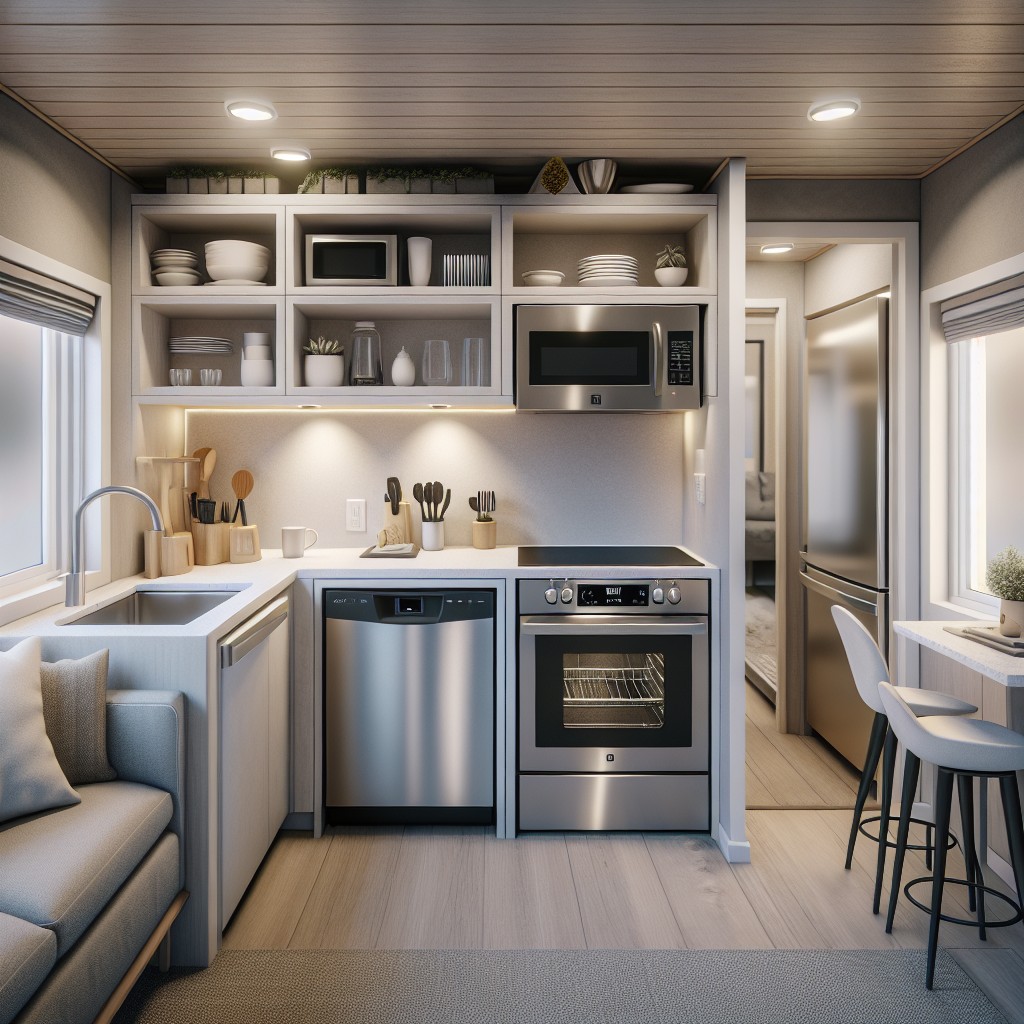Last updated on
Learn the differences between an accessory dwelling unit (ADU) and a home addition, helping you decide which suits your property enhancement goals better.
Key takeaways:
- ADUs are complete living spaces, while additions enhance the current layout.
- ADUs require a larger upfront investment compared to additions.
- Both ADUs and additions have zoning and building code requirements.
- ADUs can provide rental income, while additions can increase overall property value.
- Design and aesthetic considerations should be taken into account for both options.
ADU Vs. Addition Characteristics

Distinguishing between an accessory dwelling unit (ADU) and an addition is crucial for homeowners considering extra space. An ADU, often characterized by its complete living facilities, is a secondary housing unit on the same property as a primary residence. This includes amenities like a kitchen and bathroom, making the space self-sufficient for a renter or family member.
Conversely, an addition is expanding the existing primary residence. It could be a new bedroom, extended living room, or an enlarged kitchen. Unlike an ADU, additions are not separate living spaces but enhancements to the home’s current layout.
While ADUs often have a separate entrance and might even have utilities split from the main house, additions are integrated into the home’s structure. The distinction means a world of difference for privacy and functionality. One is like a mini-home in your backyard, the other, think of it as giving your current house a growth spurt. Understanding these differences arms homeowners with better insight into what might suit their living situation and goals.
Cost Comparison: ADU Vs. Addition
Building an Accessory Dwelling Unit (ADU) or opting for a home addition each comes with its own sticker shock. ADUs, often complete with a kitchen and bathroom, can require a hefty upfront investment. This is because they are essentially small homes, requiring separate utilities and systems. Think of it as building a mini-me version of your house – it’s an independent entity, sometimes even necessitating its own foundation.
On the flip side, additions usually mesh with your existing home, sharing walls, utilities, and roofs. This integration typically means you’re paying less for materials and labor since you’re extending current structures rather than starting from scratch.
The red tape associated with permits and approvals can also play a financial role. ADUs, being distinct structures, might incur more fees and require more checks off the list before breaking ground.
However, it’s key to remember that every project is a snowflake – costs can vary based on location, materials, the complexity of the design, and even the whims of the housing market. Comparing apples to apples, an ADU could set you back more initially, but when we consider long-term value and potential rental income, the scales might tip in its favor.
Zoning Laws and Building Codes
Navigating the legal landscape can be like tackling a puzzle. Each municipality has its specific set of rules that dictate what you can build and where. For an ADU, these ordinances often involve size restrictions, parking requirements, and how the unit must be situated on your property. It’s like playing real-life Tetris, ensuring your ADU fits perfectly within the legal guidelines.
On the flip side, additions come with their own playbook. Typically, there’s more leniency in terms of design, as you’re extending the existing structure, but don’t hang your hat just yet—there’s still a rulebook to follow. Additions need to meet the same building codes as your main home, which cover everything from fire safety to structural integrity. Plus, you might need to tiptoe around things like property line setbacks and lot coverage limits.
Before you commit to either an ADU or an addition, a chat with the local planning department could save you a world of headaches later. Picture it like getting the secret sauce recipe from the source—it can make all the difference in your project’s success. You’ll want to get cozy with terms like “floor area ratio” and “accessory structure” to play the game effectively. Remember, a smooth project is one that respects the rulebook.
Return On Investment
Pinning down the potential return on investment (ROI) for an ADU versus an addition is like comparing apples to oranges. With ADUs, you’re creating a completely self-sufficient living space, which can become a rental income goldmine, especially in areas with sky-high housing demand. This autonomy often means ADUs fetch a more significant cash flow, effectively paying for themselves over time.
On the flip side, a home addition can boost the value of your primary residence. Think of it as enhancing what you already have. While you won’t see rent checks rolling in, the added square footage can be a major selling point down the line. Just remember, every buyer’s dream space is different, so that bump in value can be as unpredictable as a mood ring.
Another financial nugget to chew on is that ADUs can be cheaper to build per square foot than additions, thanks to their simplicity. You’re not trying to blend an old structure with a new; it’s a fresh start. However, remember that ADUs often require separate utilities and services, which can initially wring out your wallet more than you’d like.
So, think of your ROI as a long game with an ADU, or a potential quick boost to your property’s resale charm with an addition. Consider your goals, the local market, and your financial flexibility, and you’ll find clarity in the numbers game.
Design and Aesthetics Considerations
When pondering whether to expand your home’s footprint with an addition or to pepper your property with an ADU, aesthetic harmony should be at the forefront of your mind. An addition should feel like a seamless extension of your existing home, blending with the original architecture and interior design. Matching materials, rooflines, and finishes are paramount to avoid a patchwork appearance.
On the flip side, an ADU offers a canvas for creativity. This stand-alone structure can echo the style of your primary residence or take on an entirely new persona. Some homeowners opt for a contrast, crafting a modern abode that juxtaposes an older, classic home, invoking a striking visual dialogue between the two.
Lighting and landscape also play pivotal roles. An addition might rely heavily on the existing outdoor space, necessitating a delicate integration. Conversely, an ADU affords the opportunity to cultivate distinct outdoor spaces that complement its design while enhancing privacy and functionality.
Always keep the end goal in sight – a harmonious blend of form and function that nods to your personal taste while maximizing the utility and appeal of your property. Consider how each option will not only look but also feel, as the spaces we inhabit should act as a serene backdrop to the rhythm of our daily lives.
Related reading:
Table of Contents





